Acupuncture is one of the more polarizing health topics. Its ancient roots shroud it in mystery.
While some researchers struggle to reconcile concepts like chi and meridians with proven scientific mechanisms, plenty of people swear by this simple needle treatment.
Let’s get to the bottom of this. We’ll go over what the research says right now, the limitations, as well as the latest developments to help you make a more informed decision whether acupuncture is right for you.
Suffering from a sore neck, back and shoulders? Get our mobility guide to ease pain and soreness.
Get The FREE Mobility Guide To Fix Your Pain Today!
What Is It?
Acupuncture has only become popular in western countries over the past few decades. But this treatment actually dates back over 2,500 years. It’s a foundational element of Traditional Chinese Medicine (TCM) that has been passed down through the generations and worked its way into western medicine, where it’s often recommended as a complementary treatment.
“Acupuncture” is actually an umbrella term for a family of different treatments. The most common variety is when trained practitioners insert small needles into different points of a patient’s skin by hand. Practitioners leave the needles in for about 20 minutes before removing them to complete the treatment. [tweet_quote] Acupuncture can be performed with needles, massage or even an electrical charge.[/tweet_quote]
There are a few other alternatives to the manual treatment as well. Sometimes needles are stimulated with an electrical charge, a treatment called electroacupuncture. Other practitioners focus on simply massaging or putting pressure on specific points.
The common element that binds these various acupuncture treatments together is where the pressure or needles are placed. After assessing each patient, acupuncturists choose from around 350 points (also called acupoints) along 12 main meridians. More on those in just a second.
How It Works
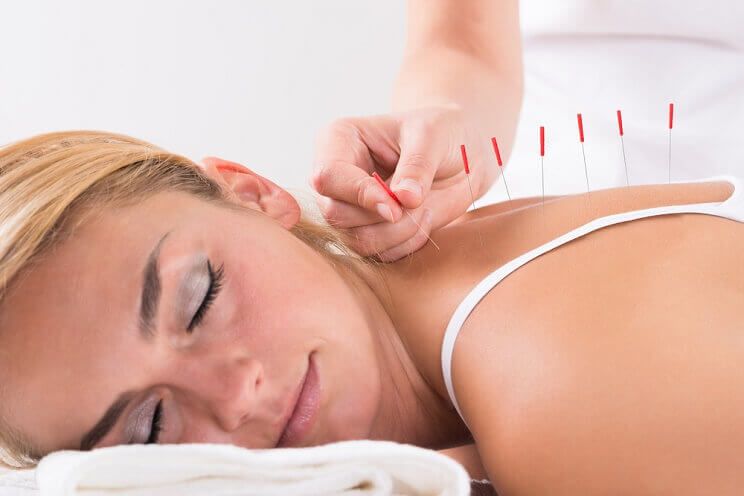
This explanation doesn’t fly for modern researchers trying to understand how acupuncture works. Because TCM concepts like qi and meridians haven’t been scientifically demonstrated, researchers are forced to consider other explanations. This conflict between traditional and modern medicine is responsible for a lot of the skepticism about acupuncture today. [tweet_quote] Because concepts like qi haven’t been scientifically proven, there’s a lot of skepticism around acupuncture.[/tweet_quote]
Modern researchers have struggled to define exactly how acupuncture works. The wealth of studies have inspired several theories, including:
- Reduction of pro-inflammatory cells and activation of anti-inflammatory ones. Some research found that acupuncture down-regulates inflammatory macrophages (a type of white blood cell) and activates anti-inflammatory macrophages, which could ease inflammation and pain. (1)
- Release of opioid and other compounds in the central nervous system. Researchers have noted acupuncture’s effect on opioid receptors, which could explain its ability to alleviate pain. (2)
- The placebo effect. A beneficial effect that is not produced by the acupuncture itself, but rather by the patient’s belief in the treatment.
It’s possible that all of these mechanisms are working together to create the health benefits so many people swear by. And researchers haven’t ruled out the possibility that other mechanisms – ones they simply don’t understand yet – are also in play.
Health Benefits of Acupuncture
Acupuncture enthusiasts are sometimes eager to claim it’s the cure for every ill. We won’t go that far. But there have been some interesting studies exploring tangible health benefits.
Eases Chronic Pain
The most popular application of acupuncture therapy is to reduce chronic pain. This is probably the best-researched aspect of the treatment, with studies ranging from back pain and knee pain to osteoarthritis and muscle spasms. The therapy increases the gene expression of certain types of peptides (enkephalins) that create a painkilling effect (3).
A 2012 meta-analysis of 29 clinical trials and 17,922 patients found that those who received acupuncture had less severe back and neck pain, as well as osteoarthritis symptoms, than those who received sham acupuncture treatment or no treatment (4). The researchers concluded that “significant differences between true and sham acupuncture indicate that acupuncture is more than a placebo.”
A 2009 meta-analysis published in the British Medical Journal supports those findings, with a more conservative conclusion. After reviewing 13 clinical trials, the researchers noted a small difference in efficacy between real and sham acupuncture, and a moderate one between acupuncture and no treatment at all (5). [tweet_quote] Some research has shown that acupuncture can help alleviate back and neck pain.[/tweet_quote]
Acupuncture might even have some implications before and during surgery. One study found that patients who received acupuncture during those times experienced lower pain levels and needed fewer painkillers after surgery (6).
Bottom line: the research reveals acupuncture can reduce different types of chronic pain. If you’ve been in pain for a while and haven’t been able to shake it, it’s definitely worth a shot.
Reduces Headaches and Migraines
A 2016 review of 22 clinical trials (and nearly 5,000 participants) published in the Annals of Internal Medicine concluded that acupuncture reduced headache frequency more than painkillers after treatment, but not after a six-month follow-up. This suggests that acupuncture can be effective, though it might take a series of treatments to prolong the beneficial effect (7).
A 2009 review of 11 studies and over 2,100 patients came to a similar conclusion. Here, researchers found statistically significant short-term (up to three months) benefits of acupuncture for tension headaches, including fewer headache days and lower pain intensity (8). However, the researchers didn’t investigate long-term effects.
These results suggest that, at the very least, acupuncture could help reduce headache pain as part of a more comprehensive treatment plan.
Lessens Nausea and Vomiting After Chemotherapy or Radiation
Acupuncture can also help people experiencing adverse symptoms from cancer treatment. This application has been studied extensively over the years – with promising results.
A 2013 systematic review of 41 clinical trials (over 2,100 patients) studied the effect of acupuncture treatment on various cancer treatment-related symptoms. The researchers concluded that acupuncture was an appropriate complementary treatment for chemotherapy-induced nausea and vomiting, but recommended additional studies to lessen the risk of bias (9). An earlier meta-analysis also noted reduced vomiting, but no reduction in episodes of nausea (10). [tweet_quote] Acupuncture can help lessen the nausea from radiation and chemotherapy treatments.[/tweet_quote]
This might even work for radiation treatment as well. Researchers found that cancer patients who received acupuncture experienced less nausea and vomiting than patients who received standard care alone (11).
Cancer treatments are necessary, but their side effects can be significant. Acupuncture is a nice potential adjunct therapy to consider if you ever have to go through this.
Improves Sleep Quality
Acupuncture might help us sleep better too. The research here is less extensive than pain or headache relief, but the results so far are promising.
A 2013 study published in the journal Evidence-Based Complementary and Alternative Medicine focused on 180 insomniacs and divided them into three groups. Group one received acupuncture plus a placebo sleeping pill. Group two got sleeping pills and sham acupuncture. Group three got placebo sleeping pills and sham acupuncture. The researchers noted that the group that received real acupuncture reported better sleep quality as well as decreased daytime dysfunction and sleepiness (12). [tweet_quote] Trouble sleeping? Try acupuncture for a good night’s sleep without the risk of side effects.[/tweet_quote]
Chinese researchers reviewed 46 clinical trials (over 3,800 patients) and found that insomniacs had better sleep quality with acupuncture than without it or a sham treatment (13). They also found no serious adverse effects related to the acupuncture treatment.
Why Acupuncture Research Faces Significant Limitations
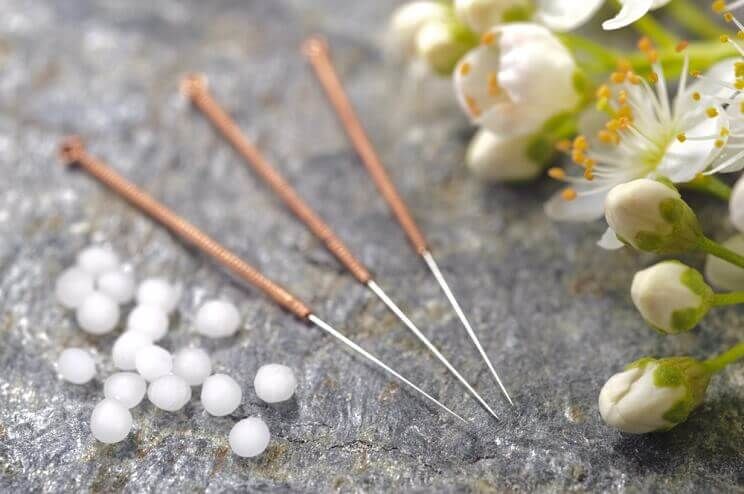
While there’s no shortage of acupuncture studies, the challenge lies in finding top-quality research. The gold standard is the double-blind, randomized control trial. In those studies, participants are divided into two groups and don’t know if they receive the treatment or a placebo. The doctors don’t know either.
Those rigorously-designed studies are hard to come by with acupuncture. The reason is simple: it’s extremely tough to fool study participants and make them feel like they’re having needles inserted into skin when they really aren’t. Because participants know when they’re getting the treatment, the placebo effect can kick in (14). Simply believing in the treatment’s potential can make them feel better – even if there aren’t any notable physiological effects. Plus, practitioners know when they’re inserting needles or not, so they might inadvertently feed participants information and bias the results. [tweet_quote] It’s hard to develop a double-blind study with acupuncture, but research so far shows it can be beneficial.[/tweet_quote]
Some researchers are working to get around this by providing the control group with sham acupuncture treatments. One popular sham treatment is to use needles which poke the skin but quickly retract once inserted so participants aren’t able to tell the difference. Another sham treatment is to simply insert needles at random with no regard to the meridians or acupoints.
We have a lot of progress to make before we fully understand acupuncture’s capabilities and how it works. But as of now, the best way forward is to: 1) focus on systematic reviews of numerous studies to ensure more objective results, and 2) design better studies to account for the placebo effect.
What Can You Expect During Your First Acupuncture Treatment?
“Does it hurt?”
This is the question many people have before their first acupuncture session. Fortunately, it’s a relatively pain-free procedure for most people. The needles are inserted shallow, and they’re much smaller than the kind doctors use when giving you a shot. In areas with less dense muscle tissue, like the hands or feet, the needles can “prick” a little more than in the traps or quads.
In a nod to traditional practices, acupuncturists will sometimes start a session by looking at a patient’s tongue and pressing on their vital organs to detect any imbalances. They might ask you where you’re in pain and position the needles accordingly.
Acupuncturists insert one needle at a time and usually use between 10 and 20 during a session. Where they insert them (remember, there are around 350 acupoints to choose from) depends on where you’re in pain and their initial assessment. [tweet_quote] Acupuncture sessions typically last about a half an hour.[/tweet_quote]
You’ll lie on your back, side, or stomach, depending on where the needles are placed. Once they’re all inserted, the acupuncturist will leave them in for around 20 minutes before removal. All in all, a typical acupuncture session lasts around 30 minutes.
Acupuncture Safety and Potential Side Effects
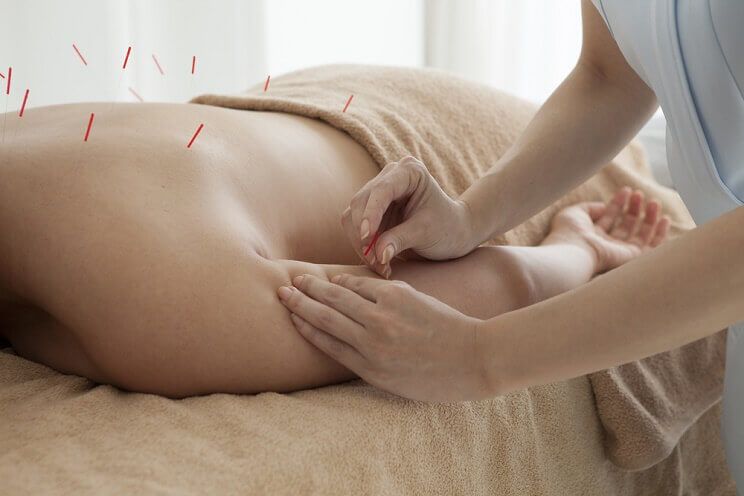
The FDA took big strides when they stopped considering acupuncture needles “experimental medical devices” and started regulating them the same way they regulate scalpels, syringes, and other common medical devices. This means needles must adhere to good manufacturing practices and be single-use to ensure sterility.
The biggest potential for negative side effects is infection from a contaminated needle. But if you go to a licensed acupuncturist who uses single-use needles, there should be nothing to worry about there. Other more serious issues, like a punctured lung if the needle is inserted too deeply into the chest or back, are extremely rare.
An Exciting Development for Treating High Blood Pressure
One of the most exciting acupuncture developments is recent research that reveals blood pressure-lowering effects. This research doesn’t just suggest acupuncture may help with hypertension; it also shows how.
In a study, University of California-Irvine researchers used electroacupuncture on rats and tracked the effects on blood pressure. They found that after every treatment, blood pressure was significantly reduced for at least three days (15).
The researchers also figured out how this worked. Electroacupuncture increased the gene expression of enkephalins, which are peptides similar to endorphins with a powerful painkilling effect. This creates some interesting avenues for more research – and possibly a viable treatment option for the millions of us who suffer from hypertension.
The Bottom Line
As scientists attempt to fully understand acupuncture’s health benefits and how it works, we need more research and better-designed studies to show us the way.
With that said, the demonstrated benefits so far and the mountain of anecdotal accounts of acupuncture’s effectiveness are hard to ignore. Because this therapy is inexpensive and safe, it’s worth a try as a complementary treatment to relieve pain, nausea, and for better sleep.
Have you tried acupuncture? If so, what effects did you notice? Leave a comment below and let us know!
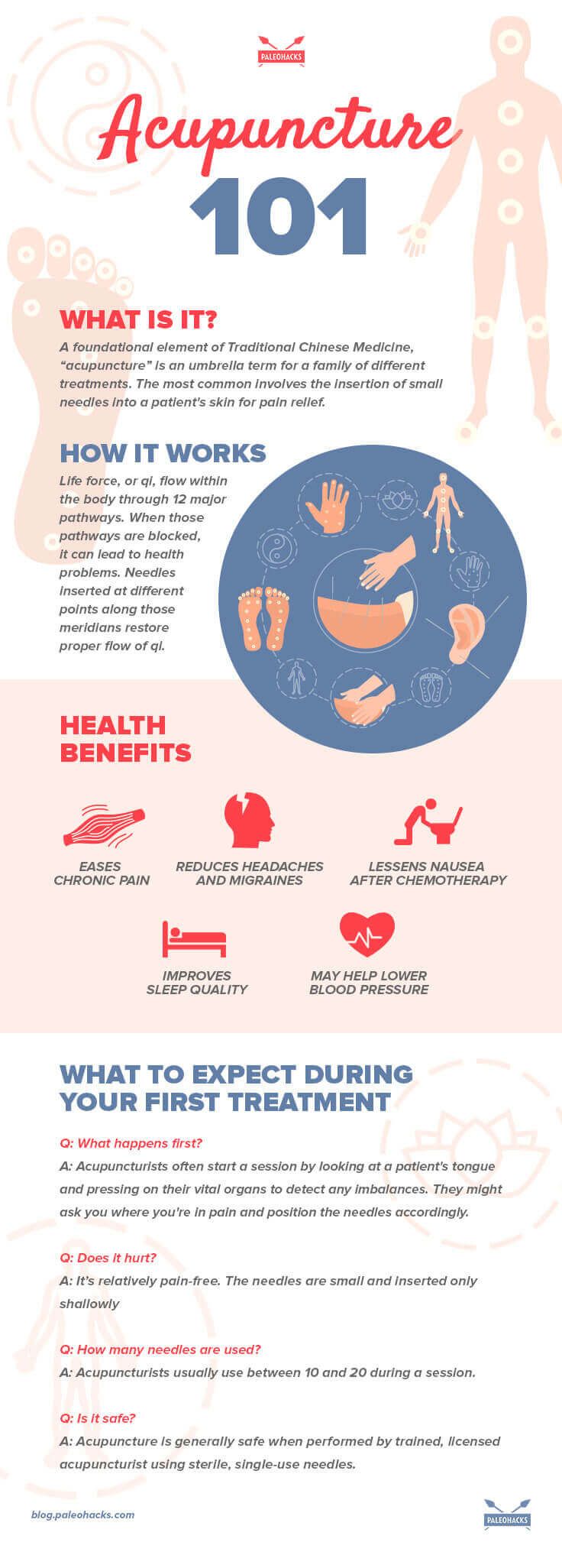


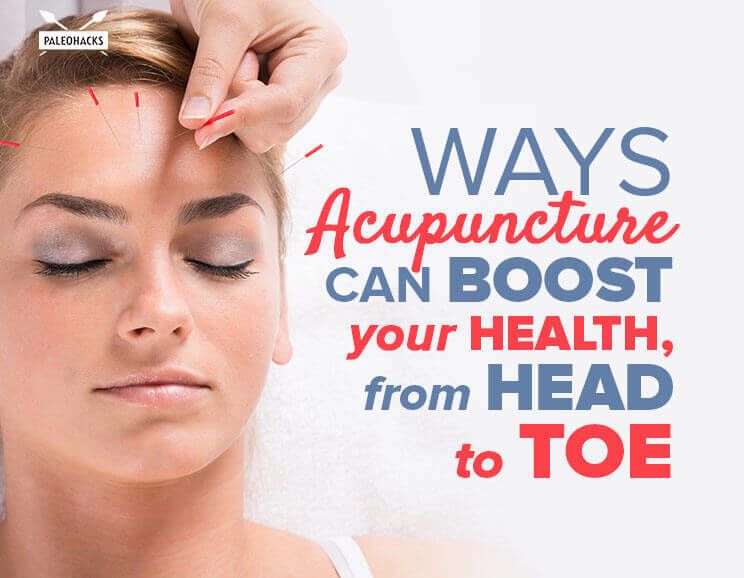
 Thai Iced Coffee with Creamy Coconut Milk
Thai Iced Coffee with Creamy Coconut Milk

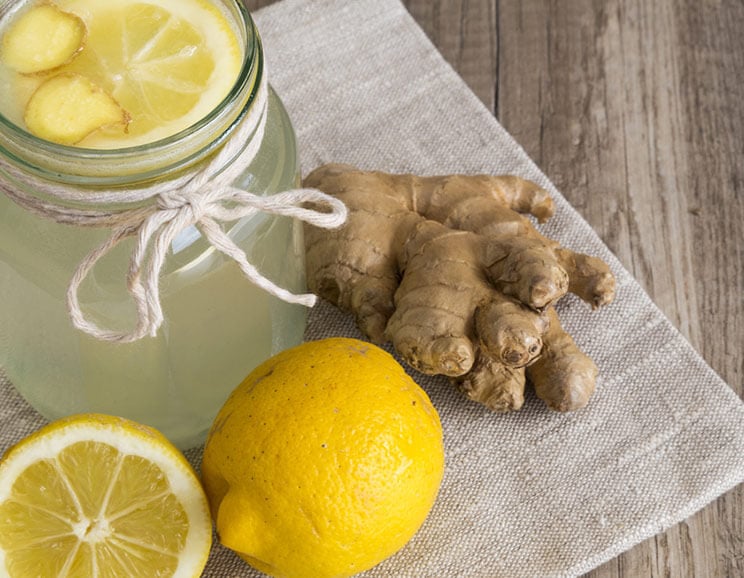
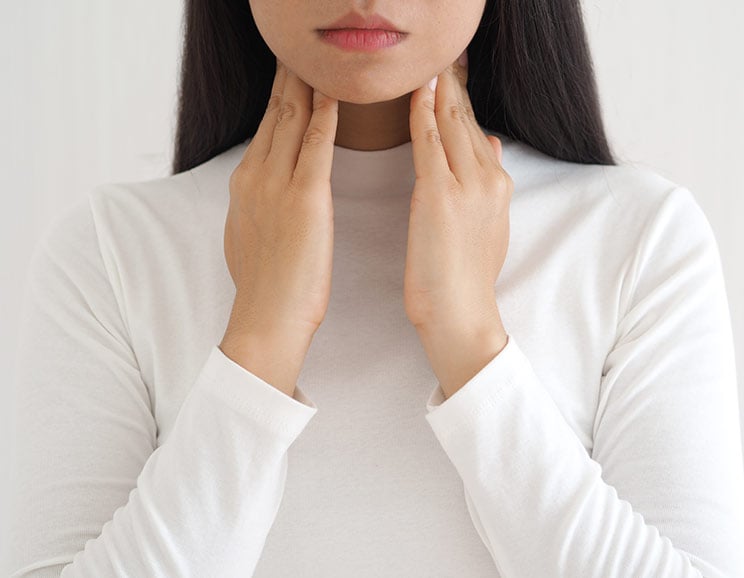
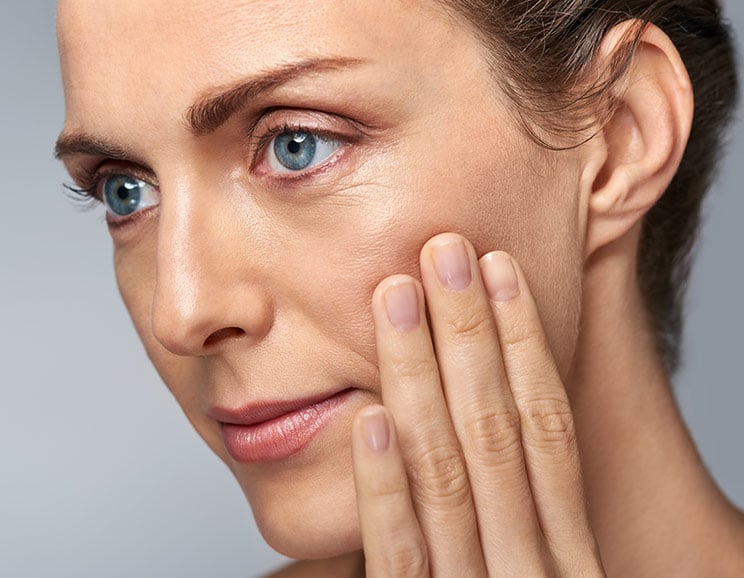
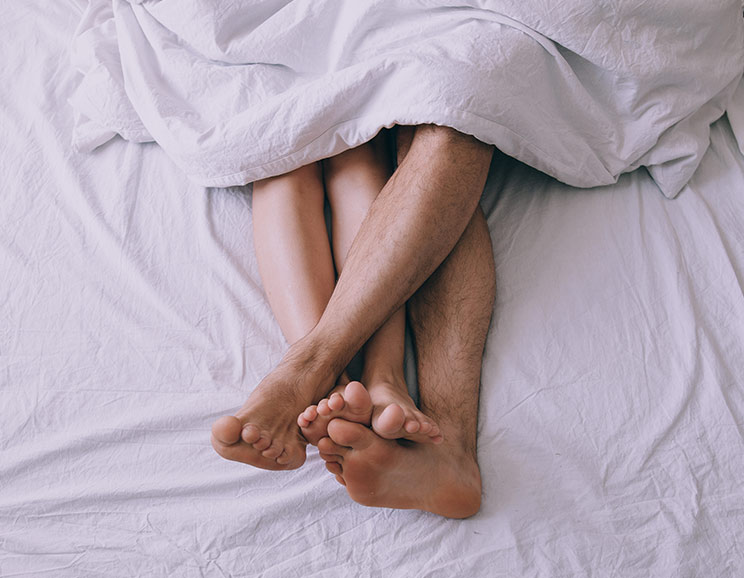



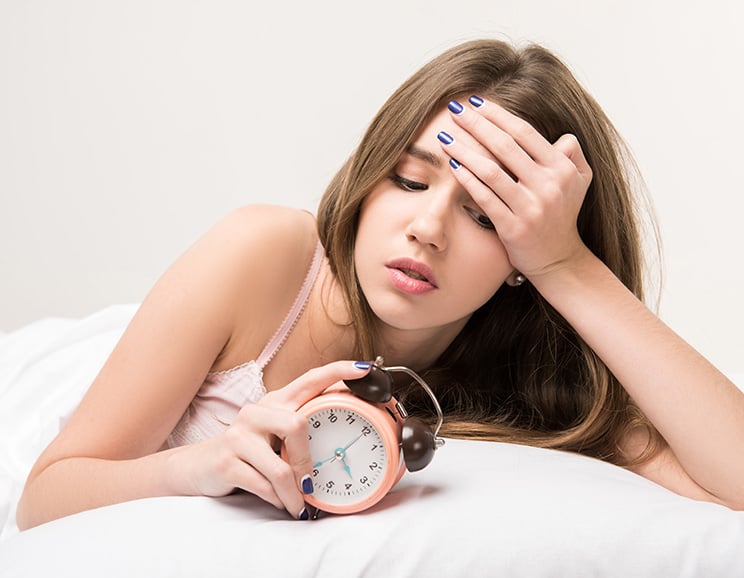
Show Comments